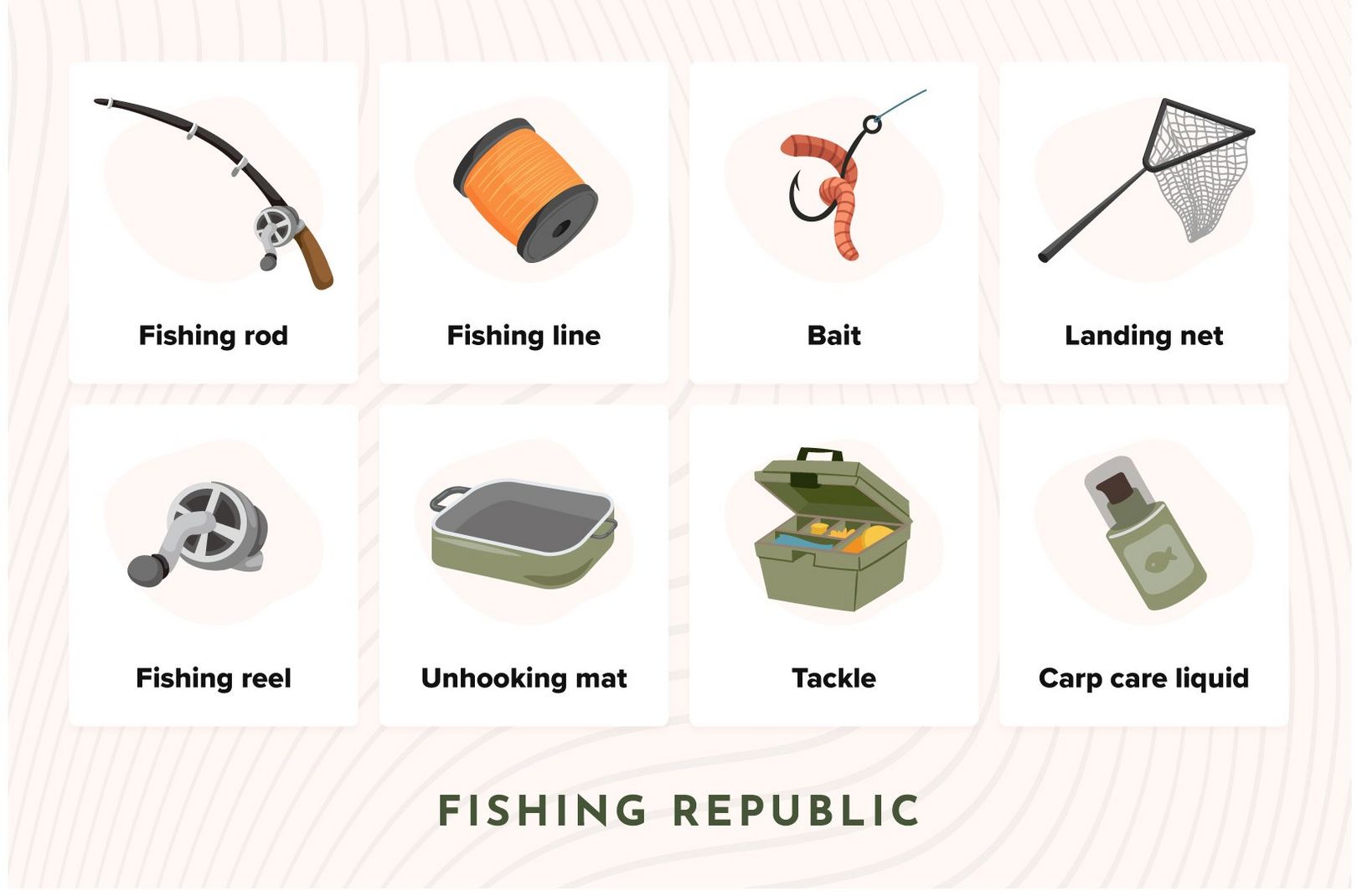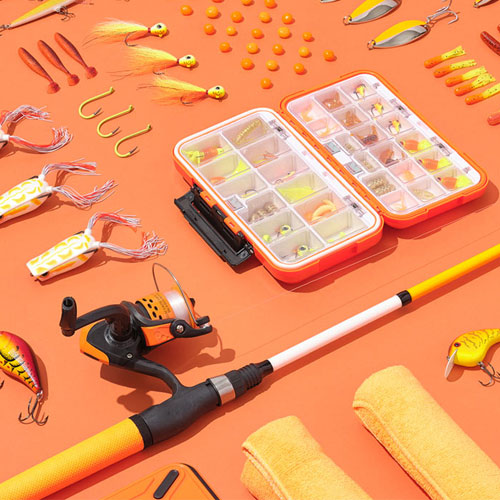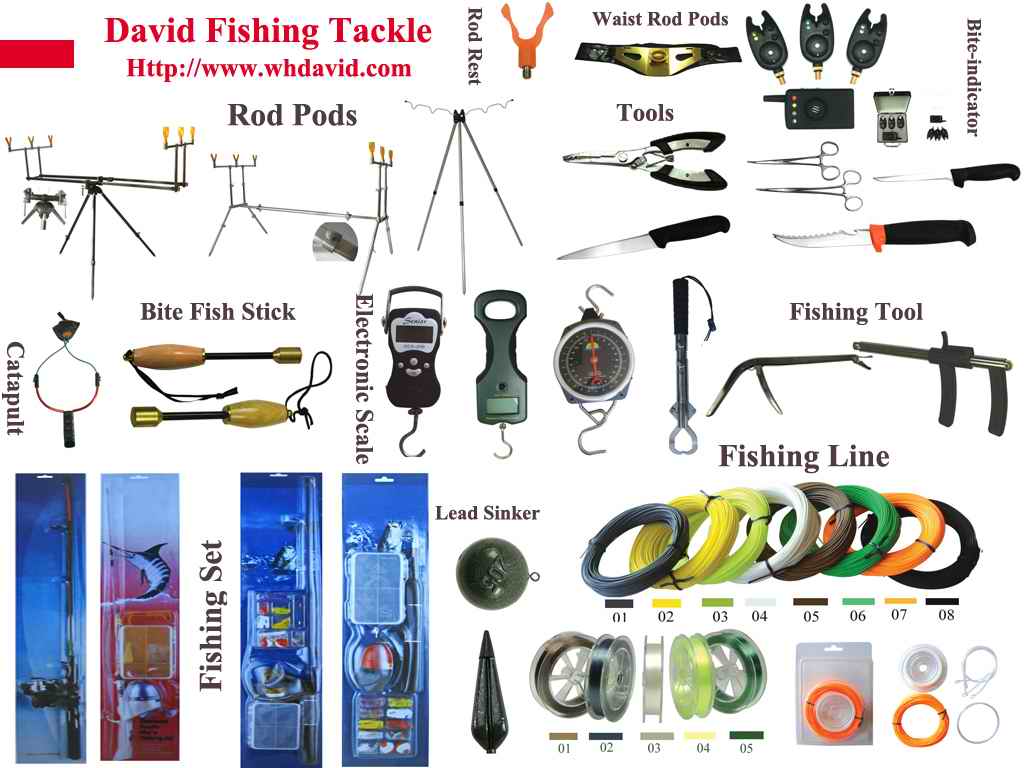8 recommended accessories for a successful Xplorer Fly Fishing adventure
Wiki Article
The Full Guide to Fishing Fishing: Lures, Tackle, and Fly Fishing Basics for All Skill Degrees
The Total Overview to Fishing Fishing uses a substantial look at vital equipment for anglers at any degree. It covers various baits, deal with parts, and fly fishing essentials. Comprehending these elements is crucial for a successful fishing experience. The guide likewise emphasizes the importance of seasonal approaches and proper equipment maintenance. As fishermens browse their options, they may wonder which certain things will absolutely enhance their fishing experiences.Recognizing Different Sorts Of Fishing Lures
A range of angling baits exist, each designed to draw in particular sorts of fish. Natural baits, such as pests, minnows, and worms, mimic the fish's all-natural diet regimen, making them effective for lots of species. Nightcrawlers are popular for freshwater angling, while minnows attract in larger fish like bass and pike.Synthetic lures, consisting of lures and jigs, are crafted to mimic the activity and look of prey. These can range from brilliantly tinted plastic worms to realistic crankbaits developed to simulate swimming fish.
An additional category is scent-based baits, which use smells to bring in fish from a range. These lures are particularly helpful in murky waters.
Inevitably, the selection of lure depends on the target species, water conditions, and fishing method, making it necessary for fishermens to recognize their options and select the very best bait for their particular fishing situation.
Necessary Fishing Tackle: Poles, Reels, and Lines
While picking the appropriate angling take on, recognizing the interaction in between rods, reels, and lines is vital for effective angling. Fishing poles can be found in various lengths and activities, each designed for particular angling methods and species. A much shorter rod provides better control for close-in angling, while longer poles permit for better spreading distance.Reels, available in spinning, baitcasting, and fly options, have to match the pole and line type to ensure smooth operation. The option of reel significantly influences the angler's capacity to obtain catches efficiently.
Lines, classified by product and toughness, serve as the link between the fish and the pole. Monofilament, fluorocarbon, and braided lines each offer one-of-a-kind benefits, affecting presence and sensitivity. Selecting the ideal mix of reel, pole, and line is necessary, as it directly influences spreading performance, sensitivity to attacks, and general fishing success. Each aspect has to work sympathetically to improve the angling experience.
Choosing the Right Fishing Lures for Your Target Species
Choosing the proper angling lures needs an eager understanding of the choices of target species - Xplorer Fly Fishing. Variables such as water conditions and neighborhood forage play a considerable function in establishing which lures will be most reliable. By lining up appeal choice with these variables, anglers can improve their chances of success on the waterRecognizing Species Preferences
Picking the best angling entices calls for an understanding of the particular choices of target species, as various fish are attracted to differing motions, dimensions, and shades. Bass are commonly attracted to brilliant, showy attractions that simulate their natural target, while trout might choose a lot more subtle, all-natural colors. Furthermore, the dimension of the attraction ought to match the size of the fish being targeted; larger types typically react much better to bigger attractions. Motion likewise plays a vital role; some fish are attracted to lures that resemble erratic habits, while others choose a steady, smooth obtain. By acknowledging these preferences, fishermens can properly enhance their possibilities of a successful catch, customizing their deal with to the special attributes of each varieties.Matching Lures to Conditions
The efficiency of fishing attractions frequently pivots on the dominating ecological problems. Anglers have to take into consideration elements such as water temperature level, clearness, and present when picking the suitable attraction. In murky waters, bright or noisy attractions often tend to bring in interest, while in clear problems, more subtle movements and all-natural shades are effective. Seasonal modifications likewise play a critical duty; during spawning durations, fish might respond much better to lures imitating their prey. In addition, time of day affects fish activity; dawn and dusk are prime-time shows for making use of topwater attractions. Inevitably, comprehending these problems enables anglers to match their lures to the target species, enhancing their chances of an effective catch. Expertise of environmental dynamics is key to effective appeal choice.The Basics of Fly Fishing Gear
A strong understanding of fly fishing equipment is crucial for both novices and seasoned anglers alike. The essential parts of fly angling gear include the fly rod, reel, line, and flies. The fishing pole, generally longer and extra adaptable than conventional angling rods, permits specific spreading. Picking the right pole depends upon the fishing environment and target varieties.The reel, designed to hold the fly line, plays a considerable function in managing line retrieval and drag. Fly lines are specialized for different techniques, from drifting to sinking, and need to be matched to the rod's specs.
Flies copy marine pests and lure fish, and come in various designs such as completely dry flies, fairies, and streamers. Selecting the suitable fly is essential, as it needs to match to the regional fish varieties and conditions. Mastery of these fundamental elements creates the foundation for successful fly angling experiences.
Tips for Organizing Your Fishing Tackle Box
Organizing a fishing take on box can significantly improve a fishermen's effectiveness on the water. By sorting tackle by type, utilizing containers successfully, and labeling whatever plainly, anglers can rapidly access their gear. These strategies not only save time but likewise assure that important things are always available when needed.
Sort by Type
Sorting deal with by kind assurances that fishermens can rapidly situate the gear they need when the best fishing chance develops. Organizing products such as hooks, attractions, and sinkers into assigned areas boosts efficiency and decreases disappointment during outings. As an example, classifying baits by type-- real-time, fabricated, or iced up-- allows for swift choices based upon fishing conditions. Tackle boxes can be divided into areas for simple access to certain gear, such as fly angling fundamentals or saltwater equipment. This approach not just saves time yet likewise helps in keeping the condition of the take on, making sure everything continues to be in optimal shape. By applying this organized strategy, anglers can concentrate extra on the angling experience instead of looking for lost items.
Usage Containers Carefully
Utilizing containers effectively can considerably boost the organization of a fishing take on box. Fishermens ought to consider making use of a variety of containers, such as little take on trays, zip-lock bags, and compartmentalized boxes, to separate different types of equipment. This method not only saves time when looking for details items however likewise protects against tangling and damage. As an example, attractions, weights, and hooks can each have actually designated containers, helping with simple gain access to throughout fishing expedition. Additionally, transparent containers enable fast visibility of components, streamlining the selection process. It is also advantageous to contemplate the shapes and size of containers to make best use of room within the take on box. By carrying out these organizational methods, anglers can preserve a more delightful and efficient fishing experience.Label Whatever Clearly
Clear labeling is important for maintaining an organized angling deal with box. By clearly marking containers and areas, anglers can easily find certain products, conserving time and minimizing aggravation throughout fishing expedition. Using water-proof tags guarantees resilience in numerous climate conditions. It is recommended to classify things such as hooks, attractions, and line kinds, giving quick access when required. Additionally, color-coded tags can enhance presence and company. Routinely updating tags as supplies change helps preserve an effective system. When fishing with others, clear labeling is particularly helpful, permitting for easy sharing and understanding of tackle arrangements. Inevitably, a well-organized tackle box with clear tags cultivates a more satisfying and effective angling experience.Seasonal Fishing Approaches and Gear Adjustments
As the periods modification, anglers need to adapt their approaches and gear to enhance their chances of success. In springtime, for example, fish come to be much more energetic as water temperature levels increase, triggering fishermens to utilize lighter take on and vibrant lures to lure attacks. Throughout summer season, the heat presses fish to much deeper waters, necessitating larger gear and techniques such as deep-water or trolling jigging.In autumn, as fish prepare for winter, fishermens need to concentrate on locations with bountiful food sources, utilizing bigger baits to attract them. Winter angling often needs customized gear, including ice angling equipment and warm garments, as fish end up being inactive in cool water.
Additionally, adjustments in line choice, lure color, and lure kind are important throughout the year (Xplorer Fly Fishing). By remaining in harmony with seasonal patterns and making these gear changes, anglers can enhance their performance and delight in a fruitful angling experience despite browse this site the time of year
Upkeep and Care for Your Fishing Devices
Appropriate upkeep and care for angling equipment are crucial for ensuring longevity and height efficiency. Fishermens should on a regular basis evaluate their poles, reels, and lines for signs of wear, such as fraying or rust. Cleaning up equipment after each fishing expedition is important; freshwater ought to be used to wash off salt and particles, avoiding rust and accumulation.Reels require lubrication to keep smooth operation; using the suitable oil to moving parts can boost their life-span. Rod guides ought to be inspected for chips or cracks, as they can influence casting and line integrity.
Keeping equipment in a dry, temperature-controlled atmosphere assists protect against damages from humidity or severe temperatures. Furthermore, replacing old or damaged tackle, such as attractions and hooks, assurances optimal performance during fishing outings. By sticking to these upkeep techniques, fishermens can substantially expand the life of their equipment and appreciate an extra effective angling experience.
Often Asked Concerns

What Are the Best Neighborhood Fishing Areas for Beginners?
The very best neighborhood fishing spots for newbies typically include tranquil lakes, easily obtainable rivers, and assigned fishing fish ponds. Entertainment areas and local parks often offer secure environments with bountiful fish populations, making them ideal for newbie anglers.Exactly How Can I Identify Fish Types in My Location?
To determine fish varieties in an area, one can observe physical features, seek advice from local field overviews, utilize smart device apps, or involve with neighborhood fishing areas for insights and identification pointers particular to the area.What Licenses Do I Need for Fishing?
To fish legitimately, one commonly requires a fishing permit, which differs by area. In addition, some areas may require specific licenses for sure types or fishing techniques, stressing the relevance of inspecting local guidelines prior to angling.Exactly How Do Climate Condition Impact Fishing Success?
Weather condition problems substantially affect angling success. Variables such as temperature, wind, and rainfall impact fish behavior, feeding patterns, and habitat. Anglers often adapt their strategies based upon these problems to enhance their opportunities browse this site of an effective catch.What Are Typical Fishing Etiquette Regulations to Adhere To?
Typical angling etiquette regulations include respecting others' room, preventing noise, cleaning up after oneself, adhering to regional laws, and practicing catch and launch when ideal. These guidelines cultivate an unified environment for all anglers.Fishing poles come in numerous lengths and activities, each made for certain fishing strategies and types. A strong understanding of fly angling gear is necessary for both novices and seasoned fishermens alike. Organizing a fishing tackle box can substantially improve an angler's performance on the water. Sorting take on by type guarantees that fishermens can rapidly situate the gear they require when the best fishing possibility occurs. The ideal regional see this angling areas for newbies often include calm lakes, easily obtainable rivers, and assigned fishing ponds.
Report this wiki page